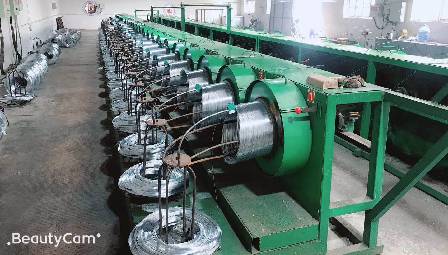indeterminate tomato cage
Sep . 15, 2024 10:57
The Indeterminate Tomato Cage Supporting Your Growing Garden
Tomatoes are undoubtedly one of the most popular vegetables grown in home gardens. Among the numerous varieties available, indeterminate tomatoes stand out due to their continuous growth and prolific fruit production. However, to sustain their growth and maximize yield, proper support is essential, and that’s where the indeterminate tomato cage comes into play.
Indeterminate tomato plants, unlike their determinate counterparts, do not grow to a predetermined height. Instead, they will continue to grow and produce fruit throughout the growing season until frost kills them. This means that they can reach impressive heights, often exceeding six feet. As such, providing adequate support through caging is crucial to ensure that the plants do not collapse under the weight of their own fruit.
So why choose a tomato cage for your indeterminate plants? First and foremost, cages offer structural support that helps keep the plants upright. When left unsupported, indeterminate tomatoes can sprawl across the ground, leading to several issues difficulty in harvesting, increased susceptibility to diseases and pests, and the potential for fruit rot from contact with the soil. A sturdy cage elevates the plant off the ground, allowing for better air circulation and light exposure, both of which are vital for healthy growth.
When selecting or creating a cage, there are a few key considerations to keep in mind. The height of the cage is important; a taller cage will accommodate the growth of your indeterminate tomato plants. Generally, a cage that stands at least five to six feet tall is ideal. Many gardeners opt for cylindrical cages made from either metal or concrete reinforcement wire. These materials are durable and can handle the weight of heavy fruit and the vigorous growth of the plant.
indeterminate tomato cage

In addition to height, the width of the cage should also be considered. A cage that is at least 18 to 24 inches in diameter allows for enough space for the plants to grow without becoming overcrowded. This is important for ensuring that each plant receives adequate sunlight and nutrients without competition.
Anchoring the cage is another critical factor. Strong winds and heavy fruit can easily topple a poorly secured cage. Therefore, it's advisable to drive stakes into the ground around the cage or use heavier, more sturdy materials for added stability. This preparation ensures that your indeterminate tomatoes have a safe and supportive environment to thrive.
The maintenance of indeterminate tomatoes in cages is relatively straightforward. Regular pruning is essential to keep the plants manageable and encourage healthy growth. Remove suckers, which are the small shoots that grow in the leaf axils, to direct energy towards fruit production. Training the main stems to grow upward along the cage can also enhance the plant’s structure and maximize light exposure.
In conclusion, growing indeterminate tomatoes can be a rewarding experience, but adequate support is indispensable. By utilizing a properly designed indeterminate tomato cage, gardeners can enhance plant health, improve fruit yield, and make harvesting easier. With just a bit of planning and effort, your garden can be filled with thriving tomato plants, ready for a bountiful harvest. Happy gardening!




















